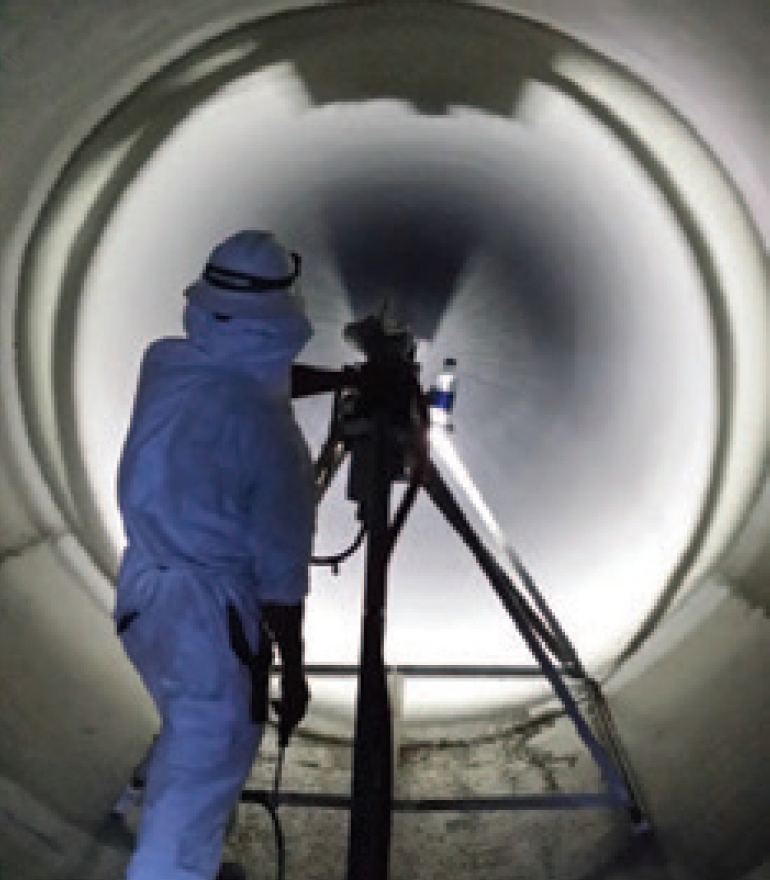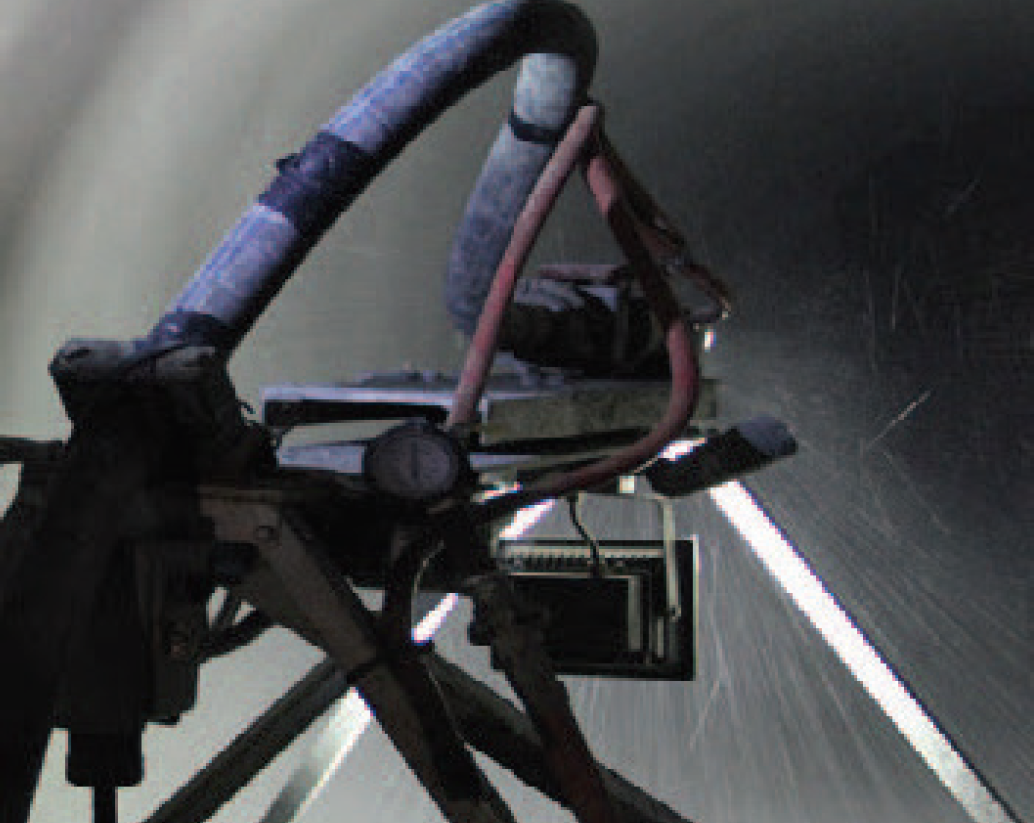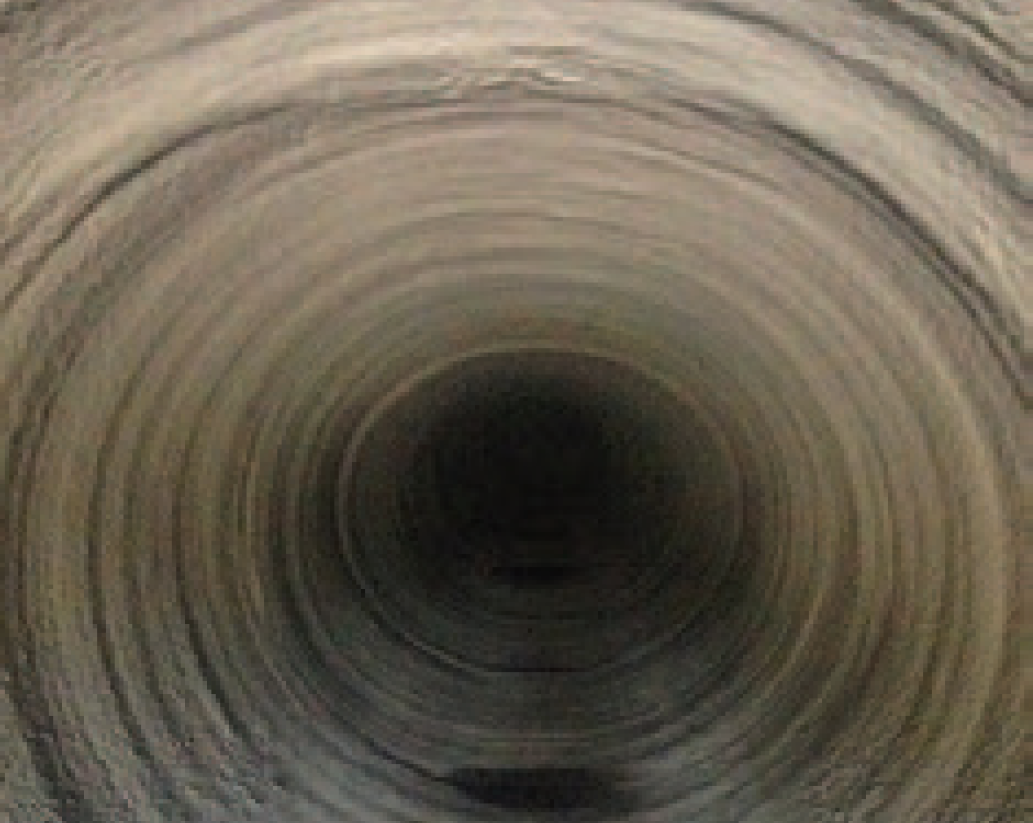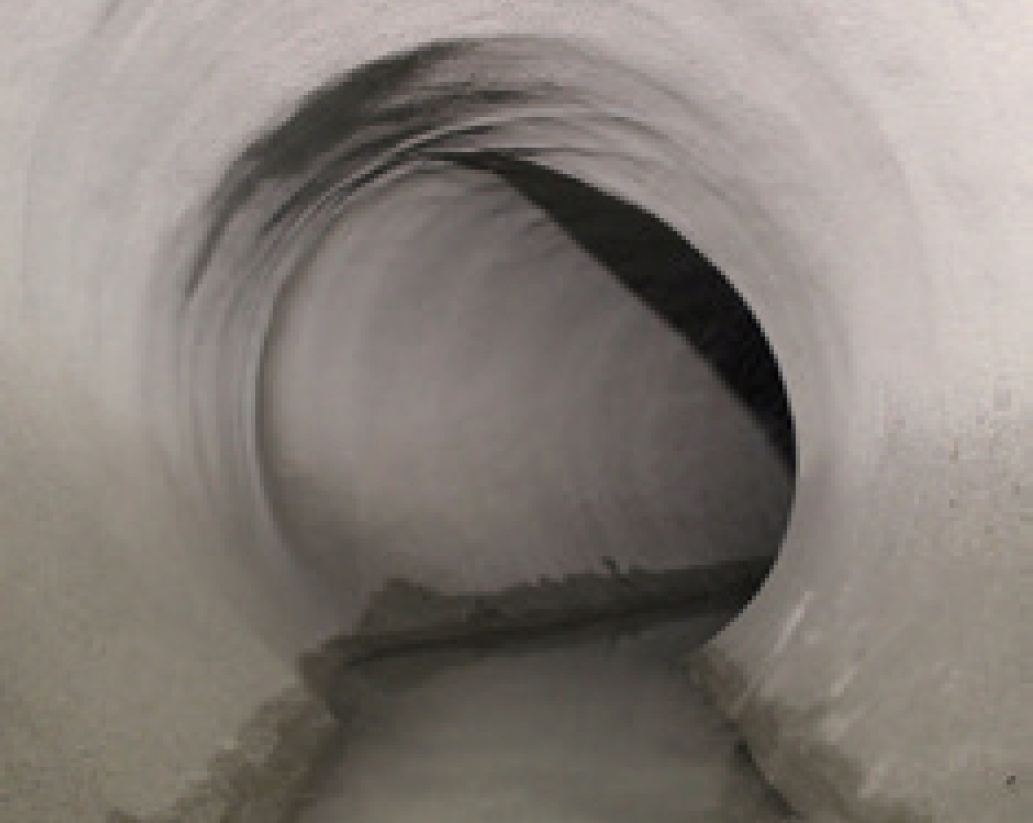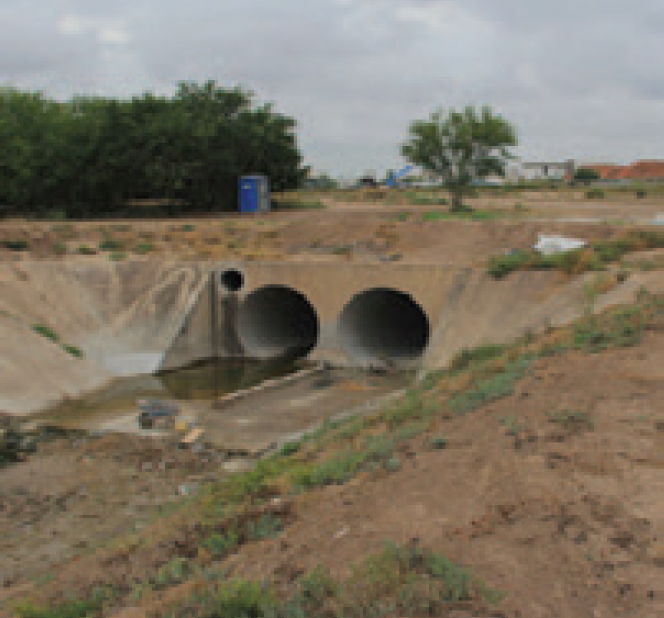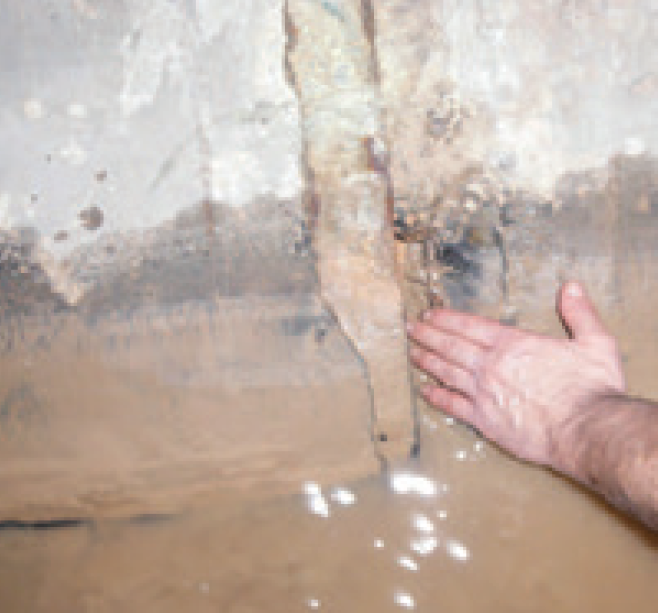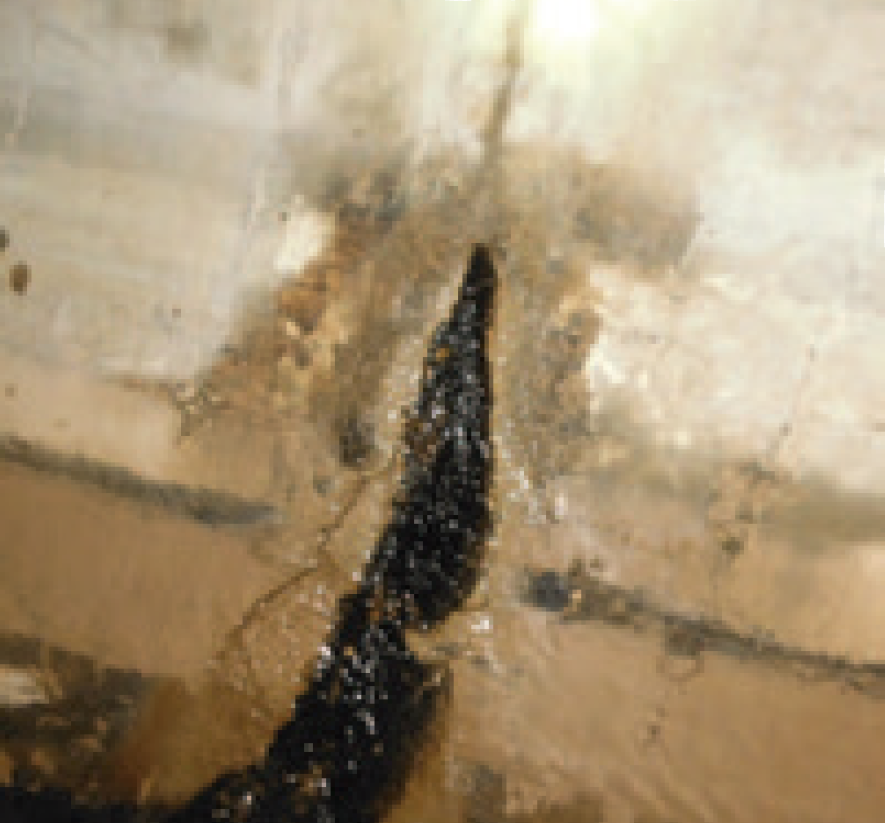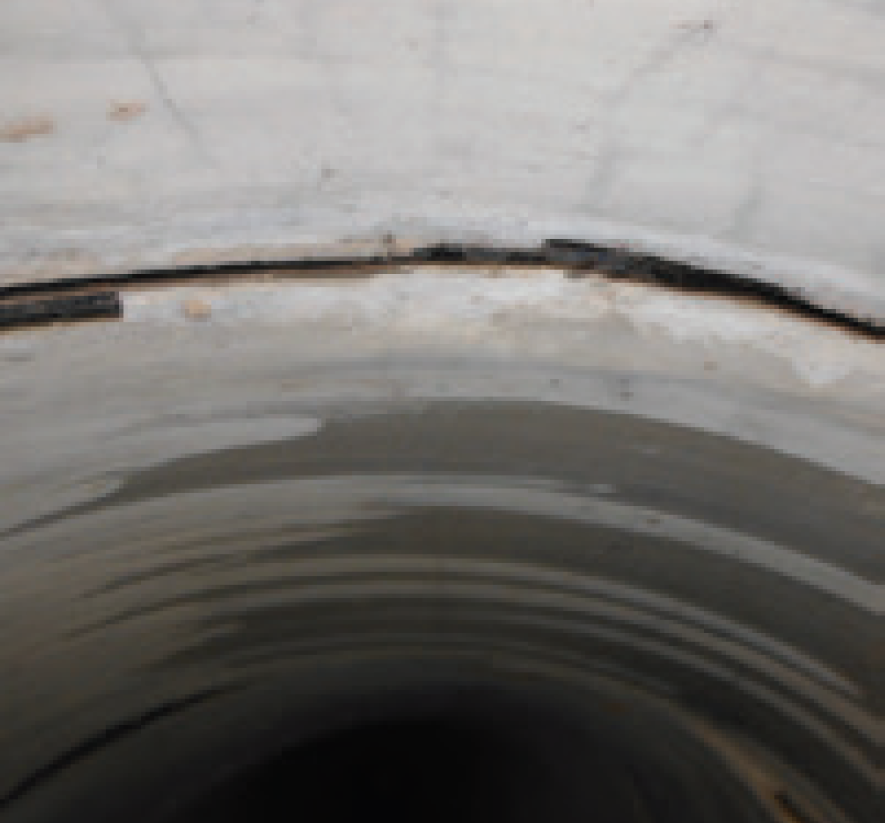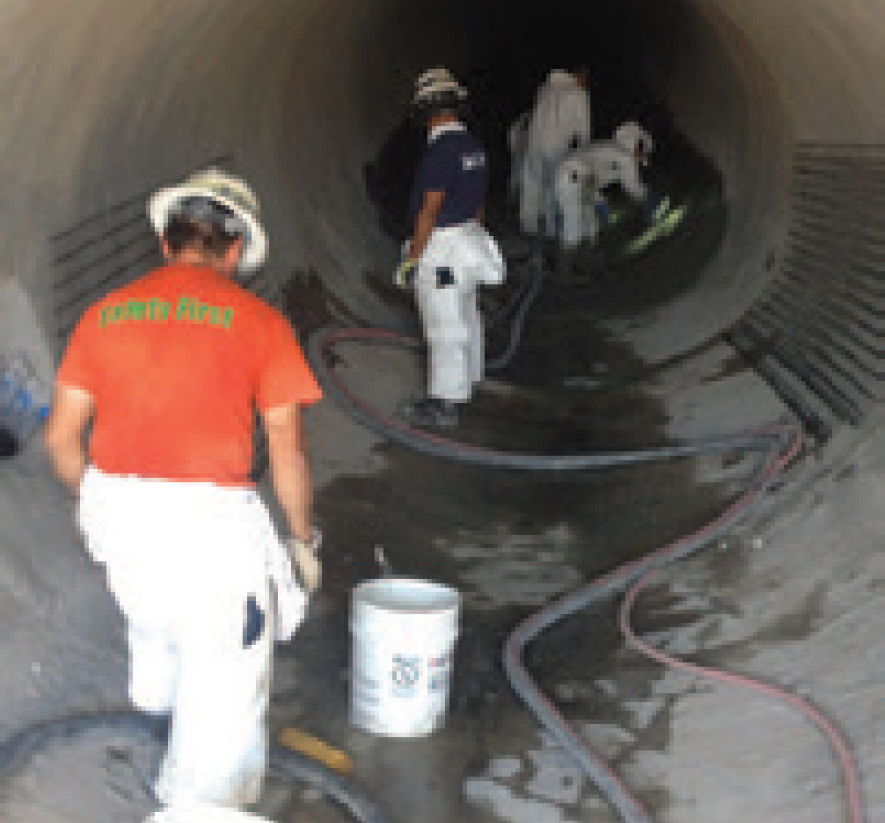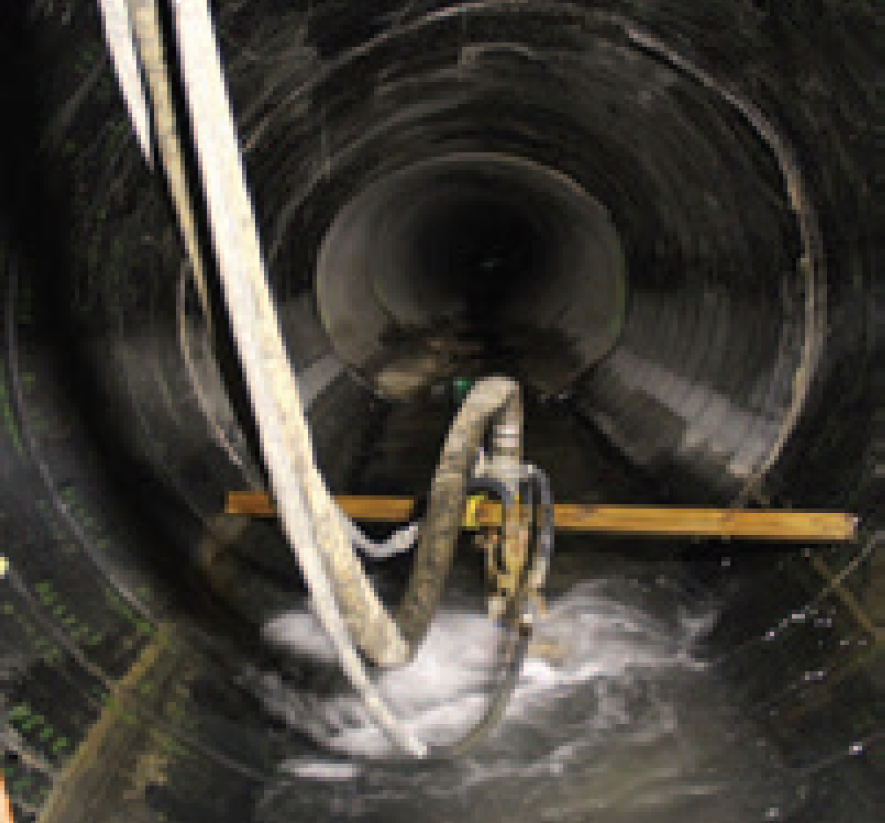WATER/WASTEWATER
PROJECT OVERVIEW
In the rapidly growing border town of McAllen, Texas, dealing with storm water run-off is a challenge. Ensuring storm water infrastructure can deal with large amounts of water in an area where the weather rapidly fluctuates is paramount.
McAllen’s population has nearly tripled over the past two decades. Modifying storm water infrastructure to keep up with this growth has presented an ongoing challenge. The Rado Storm Drain, located within one mile of the Rio Grande, consists of two side-by-side, 120-inch corrugated metal pipes (CMP). Each pipe extends more than 2200 linear feet, and have had issues ever since they were installed, despite repairs in various sections over the past decade with non-structural shotcrete and bitumen coating. As the problems persisted, large-scale separation of the joints and infiltration continued to be major concerns.
The local municipalities had previously been unsuccessful with nonstructural repairs on this particular application. They investigated several repair options including cured-in-place pipe (CIPP), slip-lining and GeoSpray geopolymers.
SOLUTION
Both the CIPP and slip-lining solutions were significantly more costly, and provided additional complications due to the large diameter of the pipe. The community decided on a GeoSpray lining as its structural application. Because the county was a member of Houston-Galveston Area Council (HGAC), a competitively bid contract organization, it was able to specify GeoSpray geopolymers and avoid the costly process of bidding the project as a county.
There were two side-by-side pipe sections, but only one was repaired at a time and all of the flow was diverted to the other section. Each pipe section was cleaned and inspected for joint failure, cracking and infiltration. Stopping water infiltration was the primary challenge of the project and required meticulous preparation. These issues were addressed with hand repairs to ensure that all the infiltration of water was stopped and a continuous surface for the application of GeoSpray geopolymers was created.
Once these issues were tackled, 150-to-300 foot sections were then sprayed with the final engineering designed thickness of 1.5 inches. The ability to apply a 1.5 inch-thick layer in a single spray pass saved the assest owner both time and money. During most days of operation, the contractor was able to apply between 20,000 and 40,000 pounds of GeoSpray geopolymers in a single run within the pipe, creating a truly monolithic structure.
RESULTS
The use of GeoSpray geopolymers to create a new pipe within the existing CMP structure that existed was completed on time and under budget. GeoSpray geopolymers allowed for significant cost savings when compared to other traditional trenchless repair techniques. The new pipe is ready to handle the unpredictable storms of southern Texas for years to come.
PROJECT DETAILS
Application: Storm Sewer Rehabilitation
Client: Hidalgo County Drainage District
Location: McAllen, TX
Installation: August 2014
Installer: Inland Pipe Rehab, LLC
